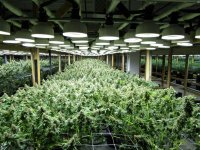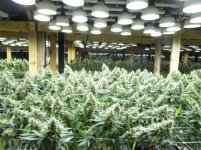Switcher56
Comfortably numb!
You are just arguing for the sake of arguing. This is just ridiculous. Of course a tree that's alive for several years will become hard stemmed. Cannabis is an annual, and completely different. Again, you do not defoliate fruit trees. Pruning is done roughly every year. Cannabis only lives for a year.
As you sir! I believe its time for sex and travel. Run the experiment with what you want and report back. Otherwise give it a friggin rest!





